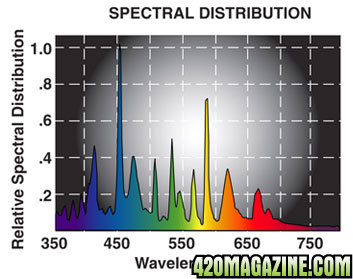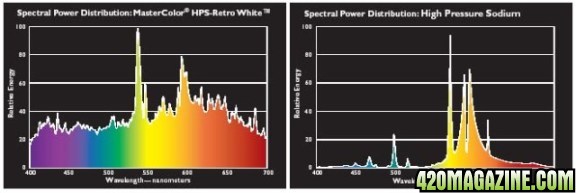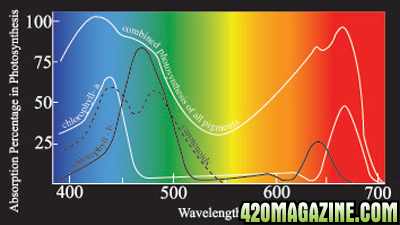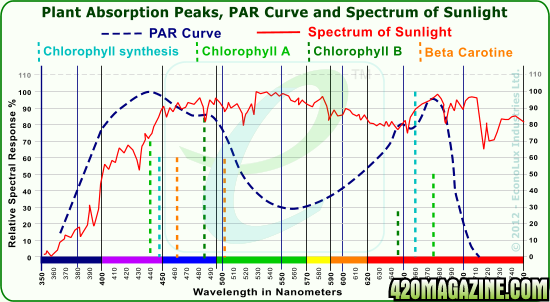HighWaterMark
Well-Known Member
Working off of an Ultimate Lighting article, I need a recommendation for a 400W MH Base Up (BU) of Universal (U) bulb.
I have 2 rows of 3 20gal plants, each flowering on a 4'x4' tray inline, each under a hooded 1000W Hortilux HPS bulb. Between these 2 rows will hang 2 400W MH bulbs equidistant from each large plant (see hyper-linked article above). The 2 additional MH bulbs will provide complimentary spectra and a bit of additional illumination designed to enhance the root structure and tighten up the internodal distance.
Please take a moment to imagine what I'm trying to accomplish. Please recommend the best 400W MH bulb to get the job done. I want to enhance the base structure of each plant, especially what's under the soil all the way through to the end of the grow.
I have 2 rows of 3 20gal plants, each flowering on a 4'x4' tray inline, each under a hooded 1000W Hortilux HPS bulb. Between these 2 rows will hang 2 400W MH bulbs equidistant from each large plant (see hyper-linked article above). The 2 additional MH bulbs will provide complimentary spectra and a bit of additional illumination designed to enhance the root structure and tighten up the internodal distance.
Please take a moment to imagine what I'm trying to accomplish. Please recommend the best 400W MH bulb to get the job done. I want to enhance the base structure of each plant, especially what's under the soil all the way through to the end of the grow.






